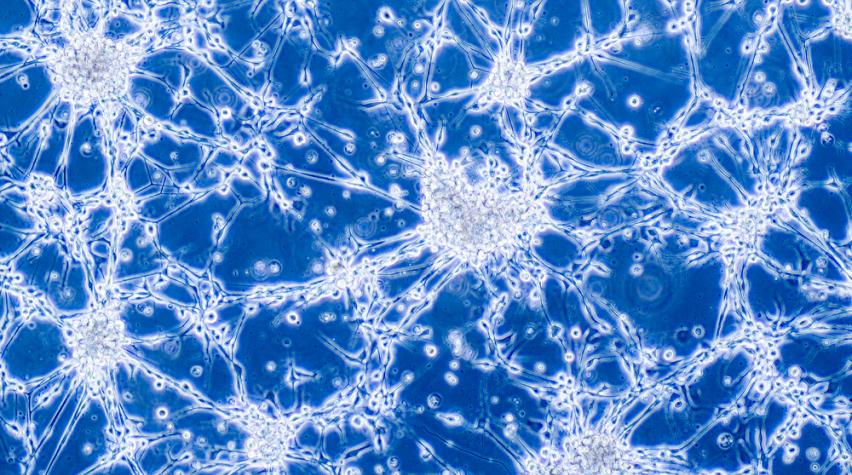
Researchers at the University of California, Riverside, recently published work that suggests that the usefulness of studying pro- and anti-apoptotic proteins in a search for cancer therapies has been underrated. The proteins are those that prevent (anti) and encourage (pro) cell death, or apoptosis.
When genetic alterations cause cancer cells to produce too much anti-apoptotic proteins, they proliferate instead of dying away. The six anti-apoptotic proteins have already been studied. In particular, Bcl-2 is the most-studied and the drug Venetoclax, approved by the FDA in 2016, targets it. But researchers ask, if cancer cells develop resistance to the drug, what about the other anti-apoptotic proteins?
Shifting focus to new proteins
Some studies are already looking at Mcl-1, because it is known to oppose the effects of the toxin NOXA. NOXA is produced in cancer cells in response to various cancer therapies, such as radiation and chemotherapy, and promotes cell death. Researchers at UC Riverside, however, suggest the focus should instead be on Bfl-1, which is also known to oppose the effects of NOXA.
Researchers headed by Maurizio Pellecchia at UC Riverside found that NOXA interacts with Bfl-1 through a unique chemical bond (a “disulfide bridge” between unique sulfur atoms present on each protein) not seen in the other five anti-apoptotic proteins.
In a press release, Pellecchia said, “Understanding how NOXA interacts with Bfl-1 allowed us to devise in the lab a surrogate NOXA-like molecule that very tightly and permanently binds and inhibits Bfl-1. In proof-of-concept studies with cells from patients affected by chronic lymphocytic leukemia that are resistant to chemotherapy, we showed that if we block Bfl-1 with this innovative inhibitor, the cells begin to die in response to treatment.”
The researchers say that their work provides new understanding of the mechanisms behind chemotherapy resistance and opens possibilities for new drugs that target Bfl-1.
You can learn more about the researchers' findings in their published work.


